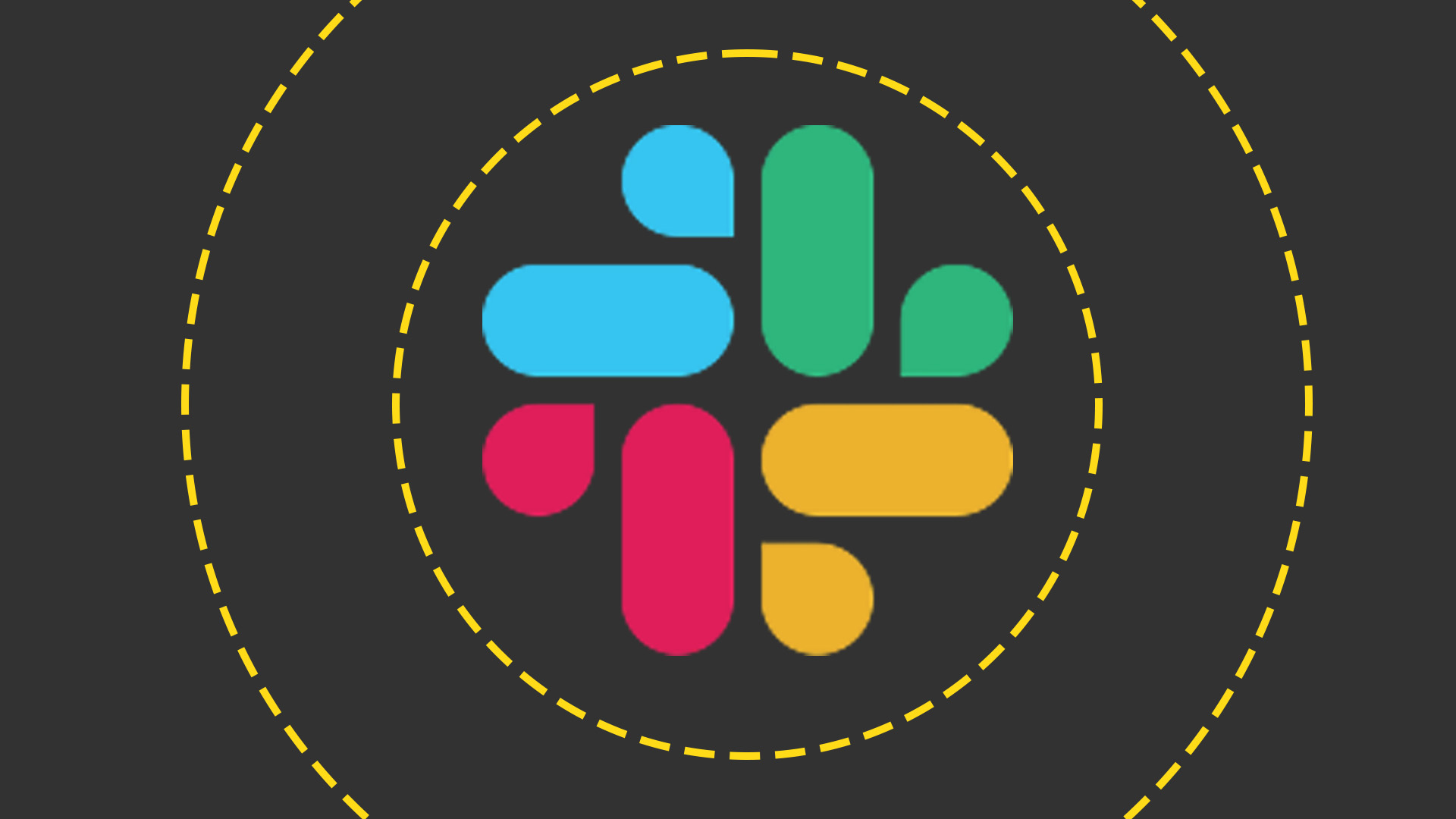Slack was a marquee acquisition for Salesforce when it snapped up the firm for $28 billion in 2021, and with the rise of agentic AI it’s clear the workplace collaboration platform is critical to the company’s Agentforce strategy.
Integration between Salesforce and Slack is continuing at pace, and Rob Seaman, chief product officer at Slack, says the platform is now like a “cockpit for orchestrating” enterprise workflows.
Late last month, the company announced the launch of Salesforce Channels. This new type of Slack channel now connects Salesforce records within the collaboration app.
This, the company said, will deliver a more streamlined flow of data and customer insights between the two platforms.
During a media roundtable, Seaman described Salesforce Channels as a “bridge between collaboration and CRM” and will allow “very natural, free-flowing conversations about customers, cases, about opportunities” and account plans.
During the opening keynote at Salesforce World Tour in London, attendees saw live demos of Slack users interacting in real-time with AI agents on the platform.
The move represents the next step in the Agentforce evolution at the CRM giant. Agentic AI is now woven into virtually every fabric of the company’s solutions portfolio, and by embedding agents in Slack the company appears focused on improving ease of access for users.
Seaman told journalists that Slack is the “perfect way to get the most value out of your Salesforce and Agentforce investments”.
“It’s the front-end for the majority of these experiences moving forward,” he said. “We think Slack is the perfect place to deploy that additional digital labor”.
Deeper Slack integration is coming
Deeper integration is also coming, according to Seaman. Speaking to ITPro, he noted that teams at the firm are currently developing what he dubbed a ‘Channel Knowledge Agent’ that will be integrated within Slack.
Expected to launch later this year, this agentic AI feature will essentially act as a point of contact for Slack users to access information or materials hosted in a particular channel or those from other sources within the Salesforce ecosystem.
“So let’s say you’re in an IT department and you manage…a help channel. It’s a central place for the employee population to go in and ask questions,” he explained.
“As the manager of that channel I’m going to be able to go into Slack and say ‘Hey I want a channel knowledge agent in this’ and it’s going to be able to answer questions based on what’s already in that particular channel.”
“But it’s also going to be able to pull from these other data sources, which could be PDFs that you upload, it could be knowledge bases that are in data cloud et cetera, and it will systematically set up and provision an agentforce agent behind the scenes that will then be added to that channel.”
Source link
